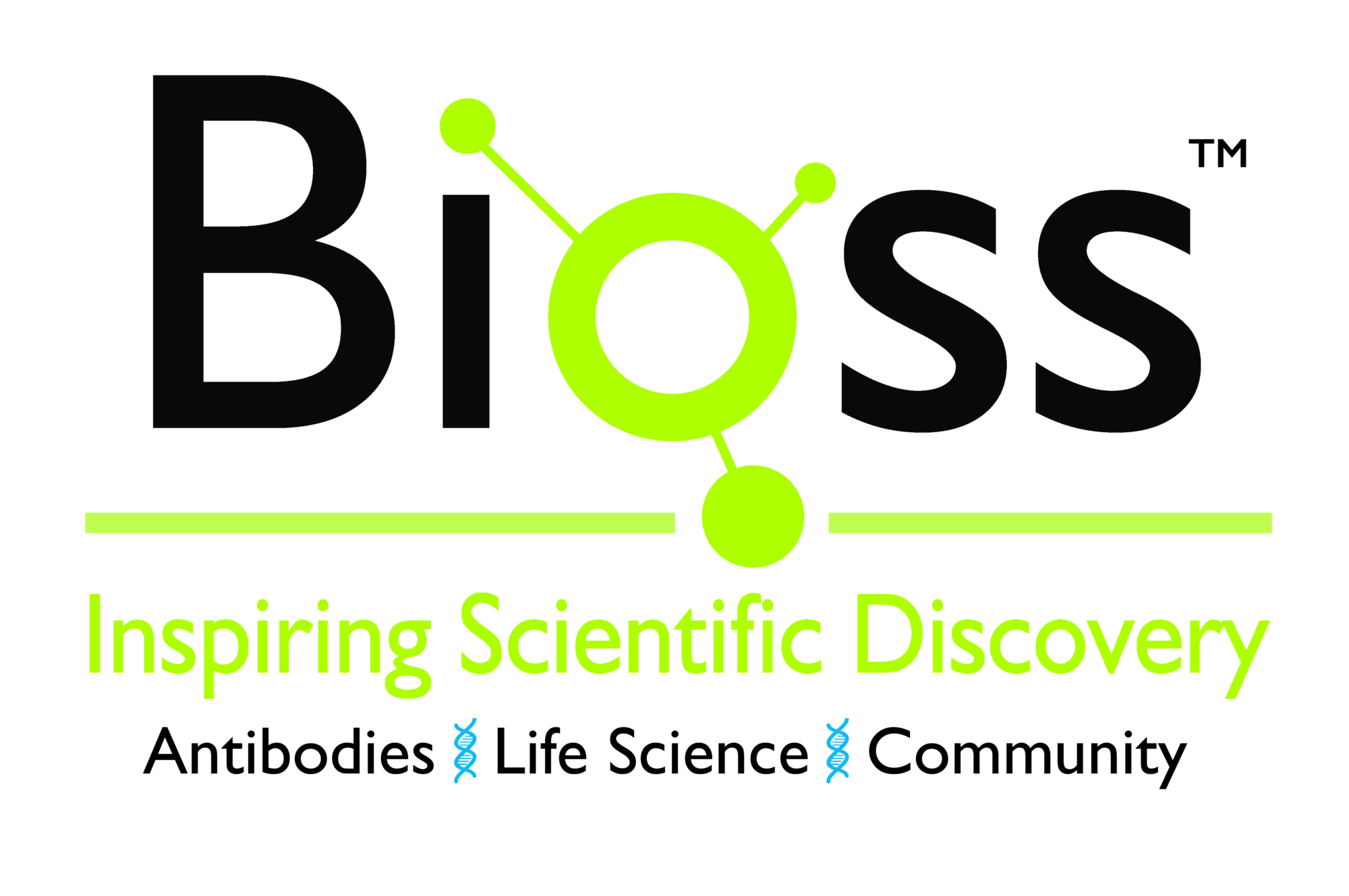
Western blot analysis of NLRP3 using anti-NLRP3 antibody (PA1665).
Electrophoresis was performed on a 8% SDS-PAGE gel at 80V (Stacking gel) / 120V (Resolving gel) for 2 hours. The sample well of each lane was loaded with 30 ug of sample under reducing conditions.
Lane 1: rat thymus tissue lysates,
Lane 2: mouse thyus tissue lysates,
Lane 3: mouse RAW264.7 whole cell lysates,
Lane 4: mouse J774A.1 whole cell lysates.
After electrophoresis, proteins were transferred to a nitrocellulose membrane at 150 mA for 50-90 minutes. Blocked the membrane with 5% non-fat milk/TBS for 1.5 hour at RT. The membrane was incubated with rabbit anti-NLRP3 antigen affinity purified polyclonal antibody (PA1665) at 0.5 μg/mL overnight at 4°C, then washed with TBS-0.1%Tween 3 times with 5 minutes each and probed with a goat anti-rabbit IgG-HRP secondary antibody (Catalog # BA1054) at a dilution of 1:5000 for 1.5 hour at RT. The signal is developed using an ECL Plus Western Blotting Substrate (Catalog # AR1196-200) with Tanon 5200 system. A specific band was detected for NLRP3 at approximately 110 kDa. The expected band size for NLRP3 is at 118kDa.
Anti-CIAS1/NALP3/NLRP3 Antibody Picoband(r)
PA1665
ApplicationsFlow Cytometry, Western Blot, ImmunoHistoChemistry
Product group Antibodies
TargetNLRP3
Overview
- SupplierBoster Bio
- Product NameAnti-CIAS1/NALP3 Antibody
- Delivery Days Customer9
- Application Supplier NoteTested Species: In-house tested species with positive results. Predicted Species: Species predicted to be fit for the product based on sequence similarities. By Heat: Boiling the paraffin sections in 10mM citrate buffer, pH6.0, for 20mins is required for the staining of formalin/paraffin sections. Other applications have not been tested. Optimal dilutions should be determined by end users.
- ApplicationsFlow Cytometry, Western Blot, ImmunoHistoChemistry
- Applications SupplierIHP, WB, IHC
- CertificationResearch Use Only
- ClonalityPolyclonal
- Concentration500 ug/ml
- Gene ID114548
- Target nameNLRP3
- Target descriptionNLR family pyrin domain containing 3
- Target synonymsAGTAVPRL, AII, AVP, C1orf7, CIAS1, CLR1.1, DFNA34, FCAS, FCAS1, FCU, KEFH, MWS, NALP3, PYPAF1, NACHT, LRR and PYD domains-containing protein 3, NACHT domain-, leucine-rich repeat-, and PYD-containing protein 3, NACHT, LRR and PYD containing protein 3, PYRIN-containing APAF1-like protein 1, caterpiller protein 1.1, cold autoinflammatory syndrome 1 protein, cold-induced autoinflammatory syndrome 1 protein, cryopyrin, cryopyrin, NACHT, LRR and PYD domains - containing protein 3, deafness, autosomal dominant 34, nucleotide-binding oligomerization domain, leucine rich repeat and pyrin domain containing 3
- HostRabbit
- IsotypeIgG
- Protein IDQ96P20
- Protein NameNACHT, LRR and PYD domains-containing protein 3
- Scientific DescriptionBoster Bio Anti-CIAS1/NALP3/NLRP3 Antibody catalog # PA1665. Tested in Flow Cytometry, IHC, WB applications. This antibody reacts with Human, Mouse, Rat. The brand Picoband indicates this is a premium antibody that guarantees superior quality, high affinity, and strong signals with minimal background in Western blot applications. Only our best-performing antibodies are designated as Picoband, ensuring unmatched performance.
- Reactivity SupplierHuman, Mouse, Rat, Hamster
- Storage Instruction-20°C,2°C to 8°C
- UNSPSC12352203
References
- Yang L, Xing W, Shi Y, et al. Stress-induced NLRP3 inflammasome activation and myelin alterations in the hippocampus of PTSD rats. Neuroscience. 2024,555:156-166. doi: 10.1016/j.neuroscience.2024.07.028Read this paper
- Chen S, Zhu L, Fang X, et al. Alloferon Mitigates LPS-Induced Endometritis by Attenuating the NLRP3/CASP1/IL-1β/IL-18 Signaling Cascade. Inflammation. 2025,48(2):730-746. doi: 10.1007/s10753-024-02083-6Read this paper
- Chi Q, Xia Y, Luo D, et al. In vitro and in silico analyses reveal the toxicity of metolachlor to grass carp hepatocytes and the antagonism of melatonin. Pestic Biochem Physiol. 2024,202:105930. doi: 10.1016/j.pestbp.2024.105930Read this paper
- Chen J, Hu J, Guo X, et al. Apolipoprotein O modulates cholesterol metabolism via NRF2/CYB5R3 independent of LDL receptor. Cell Death Dis. 2024,15(6):389. doi: 10.1038/s41419-024-06778-4Read this paper
- Jia R, Ma H, Hao H, et al. Metformin inhibits activation of NLRP3 inflammasome and inflammatory response in preeclamptic rats. Gene. 2024,919:148509. doi: 10.1016/j.gene.2024.148509Read this paper
- Zhang R, Zhu Z, Ma Y, et al. Rhizoma Alismatis Decoction improved mitochondrial dysfunction to alleviate SASP by enhancing autophagy flux and apoptosis in hyperlipidemia acute pancreatitis. Phytomedicine. 2024,129:155629. doi: 10.1016/j.phymed.2024.155629Read this paper
- Shen J, Xu J, Wen Y, et al. Carnosine ameliorates postoperative cognitive dysfunction of aged rats by limiting astrocytes pyroptosis. Neurotherapeutics. 2024,21(4):e00359. doi: 10.1016/j.neurot.2024.e00359Read this paper
- Li J, Teng D, Jia W, et al. PLD2 deletion ameliorates sepsis-induced cardiomyopathy by suppressing cardiomyocyte pyroptosis via the NLRP3/caspase 1/GSDMD pathway. Inflamm Res. 2024,73(6):1033-1046. doi: 10.1007/s00011-024-01881-wRead this paper
- Li X, Cheng L, Liu X, et al. Dopamine promotes Klebsiella quasivariicola proliferation and inflammatory response in the presence of macrophages. Front Cell Infect Microbiol. 2024,14:1322113. doi: 10.3389/fcimb.2024.1322113Read this paper
- Chai Y, Gu X, Zhang H, et al. Phoenixin 20 ameliorates pulmonary arterial hypertension via inhibiting inflammation and oxidative stress. Aging (Albany NY). 2024,16(6):5027-5037. doi: 10.18632/aging.205468Read this paper










